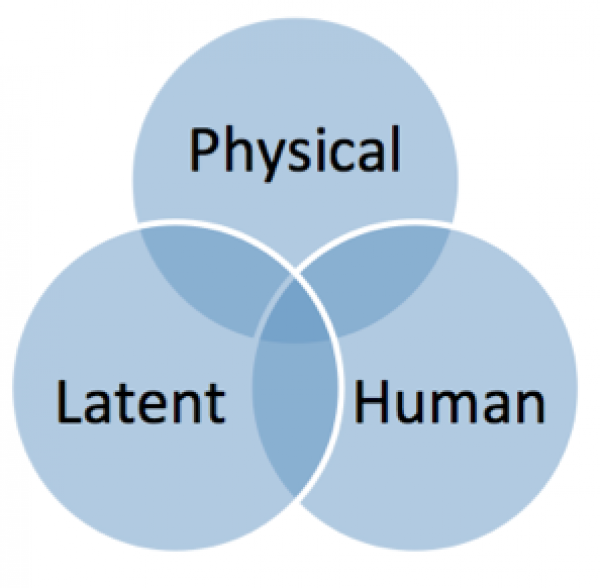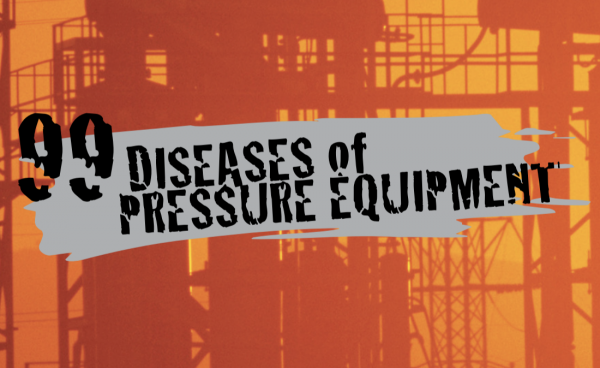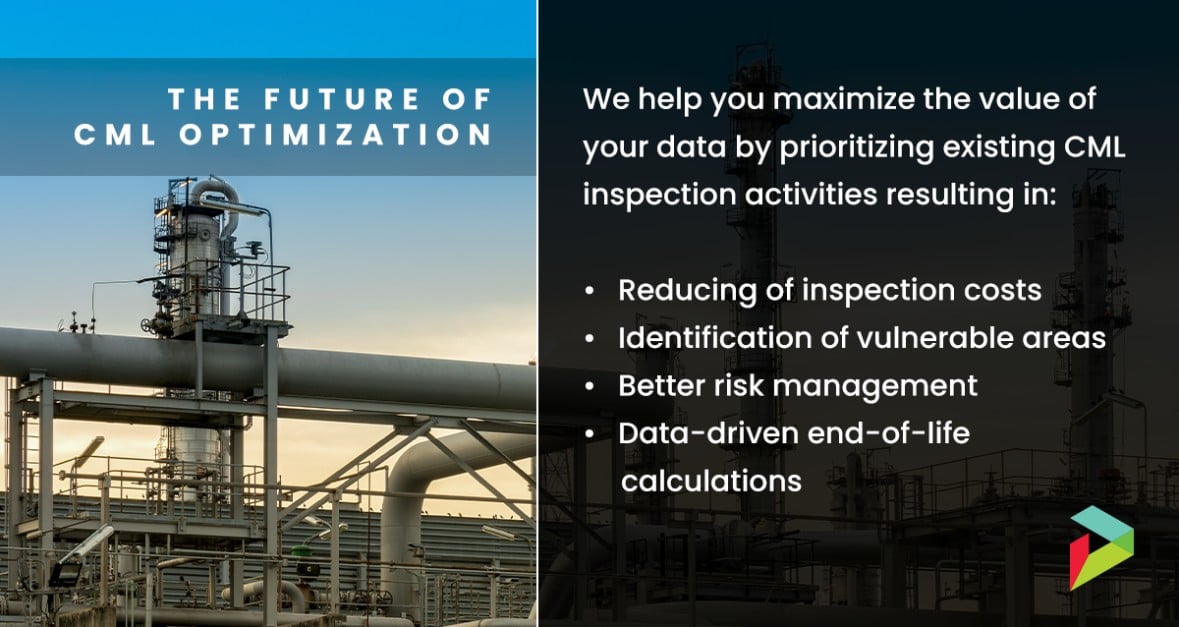Corrosion Fatigue is a specific type of fatigue failure mechanism that is caused by a combination of cyclic stress and a corrosive environment. When a crack initiates as a result of fatigue, corrosion typically increases crack propagation.
While corrosion fatigue is commonly associated with rotating equipment, deaerators, and cycling boilers, corrosion fatigue can affect any unit operating in a corrosive environment that has sufficient cyclic stresses and stress raisers. Stress raisers are typically found in concentrated areas of a component such as pits, notches, surface defects, or changes in metallurgy.
Corrosion fatigue usually results in multiple parallel cracks at the surface of the component. However, some corrosion fatigue cracks can also be round, especially when cracking occurs near welded joints. Cracks can be located using effective nondestructive testing techniques. Ultrasonic testing and magnetic particle testing are two of the most common methods in particular to inspect for corrosion fatigue.
Several techniques are available to mitigate corrosion fatigue. Some of these techniques include using more corrosion resistant alloys, using coatings or inhibitors, reducing stress raisers, modifying the corrosive environment, and minimizing residual stresses due to welding by performing a post-weld heat treatment.
Related Topics
- Brittle Fracture
- Carburization
- Cavitation
- CO2 Corrosion
- Cooling Water Corrosion
- Corrosion Under Insulation (CUI)
- Cracking
- Decarburization
- Embrittlement
- Erosion Corrosion
- Fatigue (Material)
- Flue Gas Dew Point Corrosion
- Graphitization
- Green Rot
- High Temperature Hydrogen Attack (HTHA)
- High-Temperature Creep
- Hydrochloric (HCl) Acid Corrosion
- Hydrofluoric (HF) Acid Corrosion
- Hydrogen Embrittlement
- Hydrogen Stress Cracking
- Liquid Metal Embrittlement (LME)
- Metal Dusting
- Microbiologically Influenced Corrosion (MIC)
- Naphthenic Acid Corrosion (NAC)
- Phosphoric Acid Corrosion
- Pitting Corrosion
- Spheroidization (Softening)
- Stress Assisted Corrosion
- Sulfidation Corrosion
- Sulfuric Acid Corrosion
- Thermal Fatigue
- Vibration-Induced Fatigue
- Wet H2S Damage
Relevant Links
Topic Tools
Share this Topic
Contribute to Definition
We welcome updates to this Integripedia definition from the Inspectioneering community. Click the link below to submit any recommended changes for Inspectioneering's team of editors to review.
Contribute to Definition




















